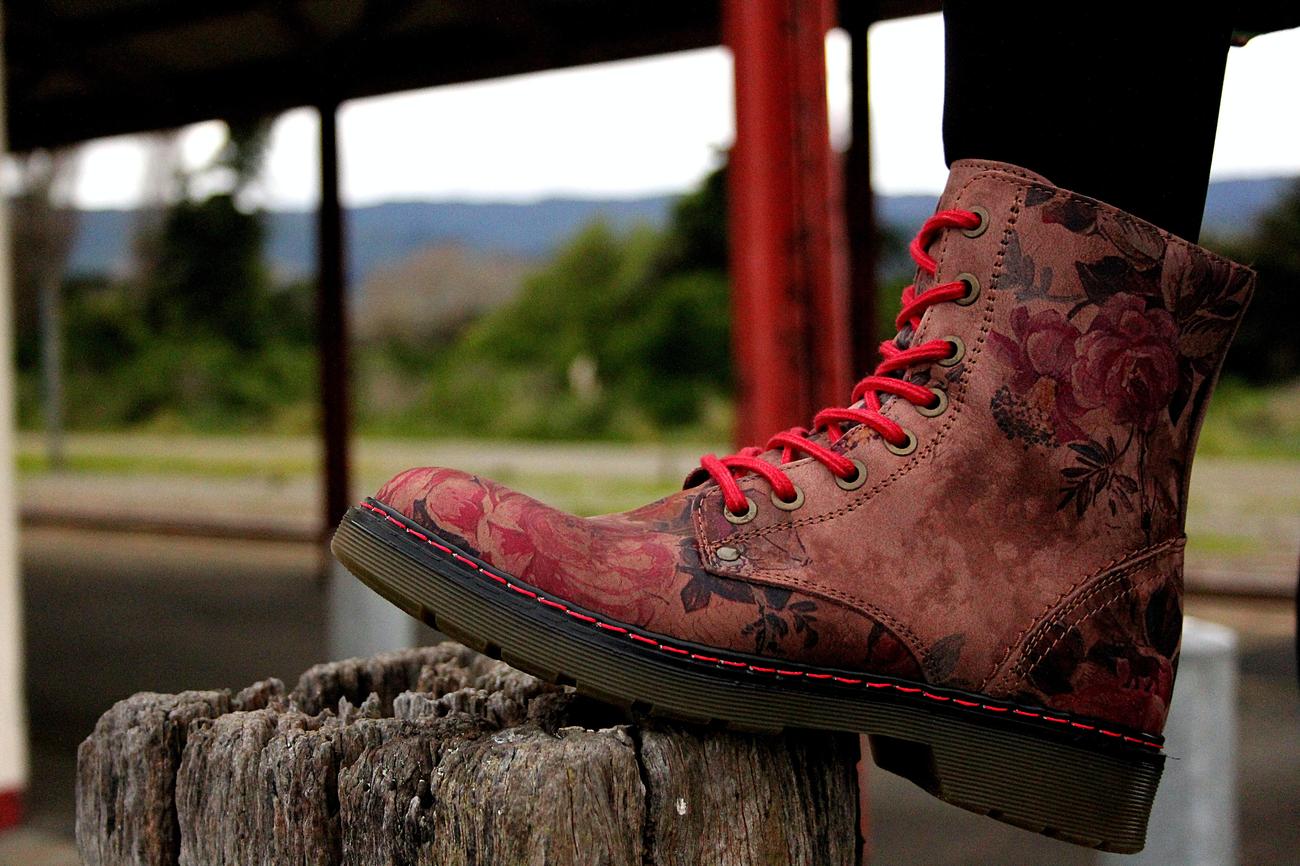Step into the fascinating world of foot binding as we uncover a treasure trove of intriguing trivia. Prepare to be captivated by the stories and secrets surrounding this ancient Chinese tradition, as we delve into the complexities and cultural significance behind this practice. From its origins to the intricacies of the binding process, we will unravel the myths and unveil the surprising facts that will both inform and astonish you. Get ready to step back in time and embark on a journey of discovery as we bring you the most compelling foot binding trivia you’ve ever encountered.

Foot Binding Trivia
Foot binding, a Chinese custom that lasted for centuries, holds a plethora of intriguing trivia waiting to be unveiled. Let’s dive into some fascinating facts surrounding this unique practice.
1. The Size of the Feet: A Symbol of Beauty and Status
In ancient China, small and delicate feet were considered the epitome of feminine beauty. Bound feet, known as lotus feet, were seen as elegant and alluring, enhancing a woman’s aesthetic appeal. The process of foot binding involved tightly wrapping the feet with cloth or bandages, gradually breaking and reshaping the bones to achieve a small and dainty size. This painful and painstaking process served as a status symbol primarily for the upper class women. As the saying goes, “A woman with bound feet is a lady of status.”
“Bound feet were not only a sign of beauty but also a mark of social standing, reflecting the luxury and privilege that only a select few could afford.”
2. The Onset of Foot Binding: Starting at a Young Age
The initiation of foot binding usually began when girls were around the tender age of four or five. This was a critical time when their feet were still pliable and could be molded according to societal standards. However, the process was not a quick one. It took several years for footbinding to be fully completed, as the feet required constant binding and reshaping. The journey of pain and transformation started early, leaving an indelible mark on the lives of these young girls.
3. The Painful Transformation: A Price to Pay for Beauty
Imagine the excruciating torment of having your feet tightly bound, enduring immense pain day in and day out. The process of foot binding was not only slow but also tremendously agonizing. Bandages were wrapped tightly around the feet, progressively crushing the bones and causing deformation over time. Each step taken by a woman with bound feet was a reminder of the sacrifices she had made for the sake of societal expectations.
4. The Decline of Foot Binding: The End of an Era
While foot binding persisted for centuries, efforts were made to eliminate this custom due to its oppressive and debilitating nature. As the influence of Western ideas and changing societal norms began to take hold in China during the early 20th century, foot binding gradually declined. The painful tradition that had been woven into the fabric of Chinese culture for centuries was finally unraveling, making way for a more liberated society.
“Desire for progress and the realization of the physical and emotional suffering endured by women contributed to the decline of foot binding and the eventual banishment of this practice.”
In conclusion, foot binding, though painful and controversial, left a distinct mark on Chinese history and culture. Its significance as a symbol of beauty and social status cannot be overlooked. By delving into the trivia surrounding foot binding, we gain a deeper understanding of the complexities inherent in cultural practices and the transformations society undergoes over time.
“The fascinating trivia of foot binding sheds light on the enduring power of tradition and the profound impact it can have on individuals and societies alike.”
Foot binding, an ancient Chinese practice, is a topic that continues to fascinate people to this day. Have you ever wondered about the surprising and intriguing fun facts surrounding foot binding? If so, look no further! We have compiled a list of captivating fun facts about foot binding that will surely pique your interest. From the history behind this painful tradition to the cultural significance it held for women in ancient China, these facts will leave you amazed. So, click here to uncover the secrets of foot binding and dive into the world of this unique Chinese practice: fun facts about foot binding.
FAQ
Q: What is foot binding?
A: Foot binding was a Chinese custom that involved breaking and tightly binding the feet of young girls to change their shape and size. The process began around the age of four or five and took years to complete.
Q: What were the shoes made for bound feet called?
A: The shoes made for feet altered by footbinding were known as lotus shoes.
Q: When did foot binding originate and end?
A: Foot binding started in the 10th century and continued until the end of the Qing Dynasty in the early 20th century.
Q: Why was foot binding seen as a symbol of wealth and beauty?
A: Foot binding was considered a symbol of wealth and beauty because it was something that only wealthy women could afford to do. Bound feet were considered attractive due to their small size, enhancing a woman’s beauty and making her movement daintier.
Q: Who practiced foot binding?
A: Girls from various social backgrounds practiced foot binding, but it was primarily associated with the upper class. There were attempts to ban foot binding, but it persisted until the early 20th century when it declined significantly.
- Unveiling Bernhard Caesar Einstein’s Scientific Achievements: A Legacy in Engineering - July 15, 2025
- Uncover who is Jerry McSorley: CEO, Family Man, Business Success Story - July 15, 2025
- Discover Bernhard Caesar Einstein’s Scientific Contributions: Unveiling a Legacy Beyond Einstein - July 15, 2025















